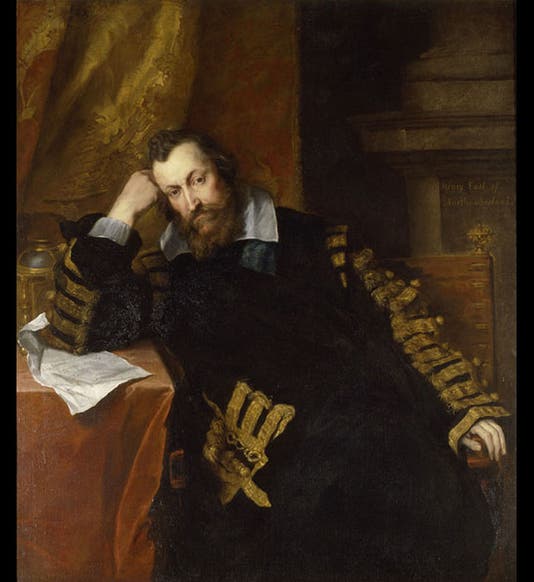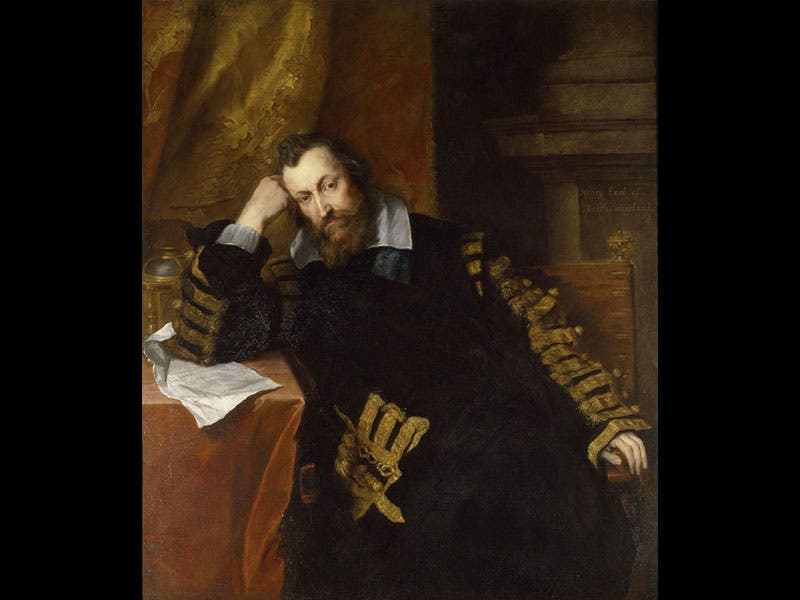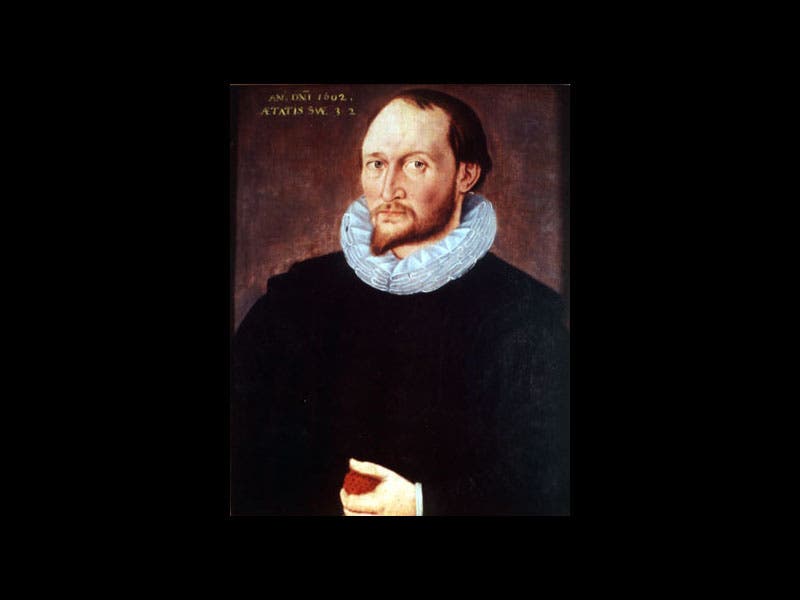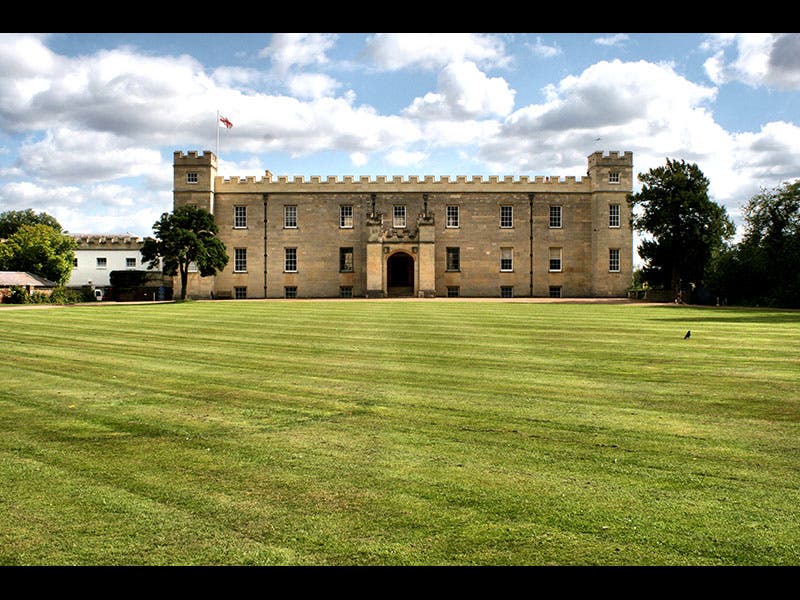Scientist of the Day - Henry Percy
Henry Percy, the 9th Earl of Northumberland, was born Apr. 27, 1564 (first image). On Nov. 5, 1605, a group of Catholic conspirators, led by Guy Fawkes, tried to blow up Parliament in the infamous Gunpowder Plot (“Remember, remember, the fifth of November…”). One of the conspirators was Thomas Percy, brother of Henry, and after Thomas was killed, Henry was thrown into the Tower of London (second image) on general principles, although there was never any evidence that he was involved in the Plot. He would reside in the Tower for the next 17 years. A previously invited guest of the Tower was Walter Raleigh (class of 1603; third image), and the two became close friends. Apparently security in the Tower was not up to modern standards, for even though Raleigh was housed in the Bloody Tower and Henry Percy in the Martin Tower, they were allowed to come and go freely, and they used to dine together regularly at the Earl's table, which he kept well supplied with wine and victuals--he was close to being the richest man in England. Percy even had a bowling alley with a covered awning built at his own expense in one of the Tower gardens.
Percy had three men in his employ who were of a scientific bent--they are often referred to as the Wizard Earl's Three Magi—and one of them was none other than the brilliant mathematician Thomas Harriot (fourth image), and they used to do alchemical experiments in a laboratory in the Tower. Percy also built up one of the finest scientific libraries in England, there in the Tower. Still, it must have been a relief when he was released in 1621, with his head still attached--unlike the unfortunate Raleigh, who had lost his in 1618. We see above a modern view of Syon House (fifth image), the London home of the Northumberlands, where the Three Magi lived, since for them the Tower was only a day job.
Dr. William B. Ashworth, Jr., Consultant for the History of Science, Linda Hall Library and Associate Professor, Department of History, University of Missouri-Kansas City. Comments or corrections are welcome; please direct to ashworthw@umkc.edu.







![“Aurora Borealis,” hand-colored wood engraving by Josiah Wood Whymper, [Natural Phenomena], plate 2, 1846 (Linda Hall Library)](https://assets-us-01.kc-usercontent.com:443/9dd25524-761a-000d-d79f-86a5086d4774/0245ffcb-b70c-477c-8792-0a73ebd54eb2/Whymper%2011.jpg?w=210&h=210&auto=format&fit=crop)



